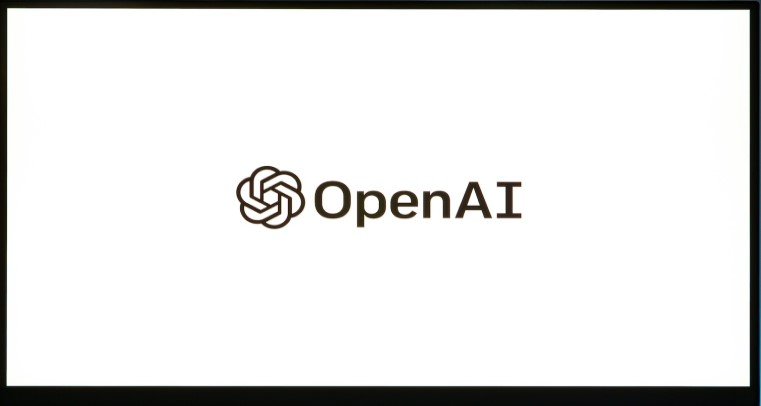
ChatGPT maker OpenAI is changing its structure and looking to give its for-profit arm a more significant role to attract big investors.
OpenAI began in 2015 as a nonprofit organization focused on making significant steps in AI development through research. Now, the company says it needs to transform to meet that mission.
Today, OpenAI has a for-profit division, which is the branch that Microsoft has been investing in for the past few years. However, that division still falls under the nonprofit OpenAI. The plan is to transform that for-profit division into a public benefit corporation (PBC).
Such a PBC structure makes it easier for investors to get involved and receive shares in return. That is what OpenAI is mainly concerned with. The company acknowledges that when it started in 2015, it primarily wanted to make significant steps with research. In the meantime, it has become clear that this research also requires supercomputing clusters, and that costs a lot of money. In other words, to go from theoretical AI to a workable tool, more is needed than just excellent scientists and engineers.
As a PBC, the company can raise money more efficiently, which allows it to compete better with other AI players. Shareholders will receive shares in the company and, thus, have more say than is currently the case.
Today, Microsoft is the only major external investor in OpenAI, but because of the current infrastructure, there is no concrete interest in that. The company has since had close collaborations with OpenAI, including for Copilot.
At the same time, OpenAI wants to keep the nonprofit organization, which will continue to exist, viable and sustainable. OpenAI believes that the new structure can ensure that the nonprofit OpenAI receives sufficient resources through its stake in the commercial company. That nonprofit would then mainly focus on hiring staff and charitable initiatives around health, education, science, and other topics.
